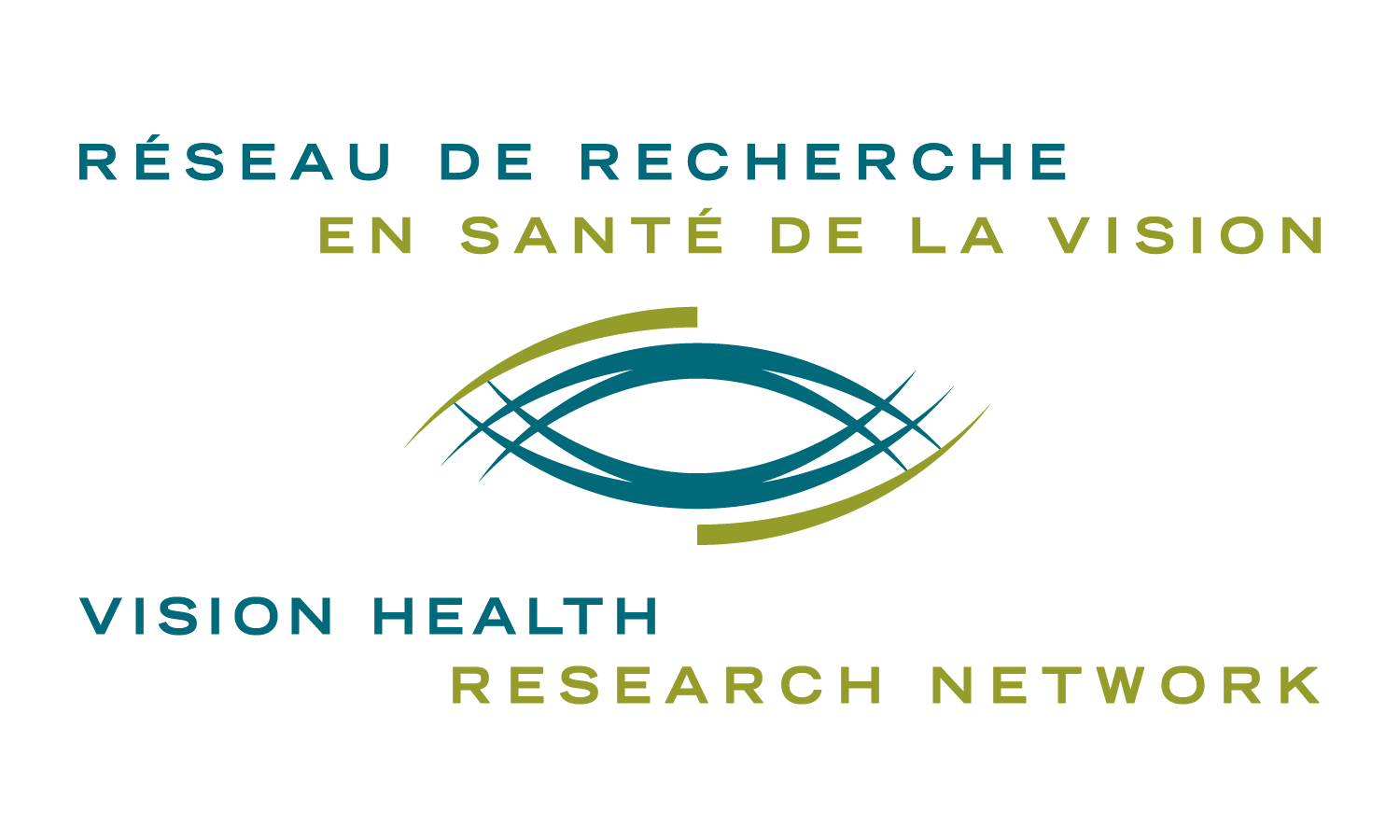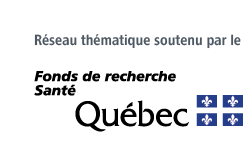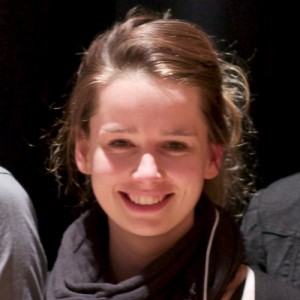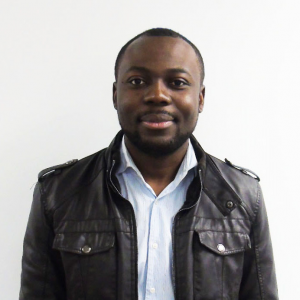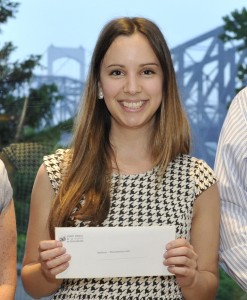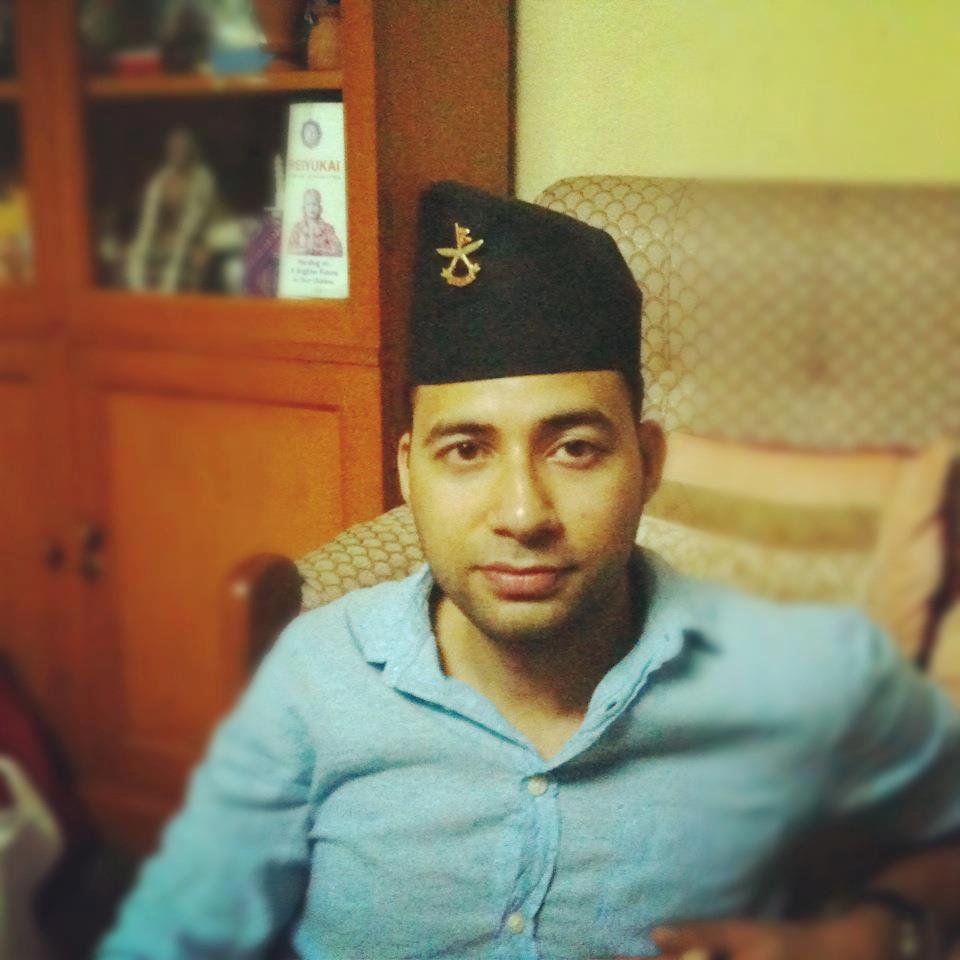2016-2017 Vision Network Publication Award Laureates
Elisabeth Andriessen
PhD Student, Université de Montréal
Laboratory : Dr Mike Sapieha
My doctoral training is being carried out at the Biomedical Sciences Department at the University of Montreal. Dr. Sapieha’s lab in the research center of the Maisonneuve-Rosemont Hospital, where my research is performed, is an ideal framework that promotes scientific research and professional development. HMR has been selected as the primary site for vision research within the University of Montreal.
I have been a member of the Sapieha lab since the summer of 2013 when I started a research internship, followed by a Master’s and transfer into the PhD program. Since I started my Master’s in 2013 it has been my goal to do a PhD and with a very promising project in hand, I applied and was accepted in January 2016 into the PhD program of the Department of Biomedical Sciences at the University of Montreal.
During my doctoral training, I intend to become even more independent, persevere with my research, become a valued reference within my specialty and develop great technical skills. I am a Bachelor of Medicine graduate from the Univeristy of Amsterdam. Following this doctorate, I intend to complete my studies in medicine to be able to become a clinician-scientist. The Maisonneuve-Rosemont Research Center is an environment where I am in contact with several high caliber clinician-scientists who act as mentors to help me with my aspirations. All these factors will help me to one day become an independent researcher who will be able to join forces with their peers in search of better therapeutic treatments for degenerative diseases of the eye.
* * *
Marius Chiasseu
PhD Student, Université de Montréal
Laboratory : Dr. Adriana DiPolo
I am from Cameroon, where I did my undergraduate studies in physiotherapy. Thanks to a scholarship from the Francophone university agency, I followed a master program in neurobiology from the University of Victor-Segalen Bordeaux. My master research project which was carried out at the University of Aix-Marseille II, was about the modulatory effects of pantethine (pro-vitamin A) on neuroinflammation, a study which was done under the supervision of Dr Michel Khrestchatisky.
After my master, I came to Canada to follow doctoral studies in neuroscience at the University of Montreal, under the supervision of Pr Di Polo. My laboratory is affiliated with the Montreal university teaching hospital research center, and there I am working on the cellular and molecular mechanisms of Alzheimer’s disease and glaucoma. In 2014, I received a travel grant from ARVO for their annual congress in Denver-USA, where I presented my research works on the role of tau protein in glaucoma. I also obtained the 2nd price at the 2015 edition of the annual contest ‘180 seconds thesis defense’, and I represented Quebec at the international final held at Sorbonne in Paris. During the 22nd annual meeting of the VHRN, I was awarded the prize of the best oral presentation for a finishing doctoral candidate.
* * *
Camille Couture
PhD Student, Université Laval
Laboratory : Drs. Lucie Germain & Sylvain Guérin
I am a PhD student in Cellular and Molecular Biology at Université Laval. My research takes place at the Centre Universitaire d’Ophtalmologie (CUO-recherche) of CHU de Québec. In 2014, I began my Master’s degree in the same program to gain competences in fundamental research. During my studies, I had the opportunity to work as a trainee in several research centers in Quebec City. In addition to my internships at CUO-recherche, I worked on asthma and male infertility. However, because of my passion for ophthalmology and my ease in tissue engineering, I chose to pursue a Master’s degree in this domain.
My work at CUO-recherche concerns the study of cellular and molecular processes that occur during corneal wound healing. More precisely, I am interested in genes whose expression is modulated to allow an adequate wound closure of the cornea. As a model, I use human tissue-engineered corneas, which are reconstructed using the protocol first elaborated by the LOEX. Human tissue-engineered corneas are useful to study many aspects of the cornea prior to the use of post-mortem corneas or animal models.
During my studies, I had the chance to obtain several academic grants from the Réseau de recherche en santé de la vision du FRQS (Initiation to Vision Student Research Award and Graduate Student Performance Award). I also obtained the Master’s training grant of FRQS for my second year as a Master’s student. In May 2015 and 2016, I participated to the ARVO annual meetings in Denver and Seattle, respectively. In 2015, I was awarded a Travel Grant by this congress.
This article is my first as a first author. It is the result of all the work I have done during my internships and my master’s degree. It concerns the study of matrix metalloproteinases activity during corneal wound healing and demonstrates their contribution to the remodelling of the extracellular matrix to facilitate the wound closure.
* * *
Sujaya Neupane
PhD Student, McGill University
Laboratory: Dr. Christopher Pack
I am an electrical engineer by training. After finishing my engineering degree, I did a master’s in biomedical engineering during which I studied the neural mechanism of Transcranial Magnetic Stimulation (TMS). In order to do that, I worked with a fellow graduate student to implant multi electrode arrays in visual cortex of cats to record neurophysiological signals while applying TMS treatment. Over two years I did 12 acute experiments. This gave me a lot of experience in experimental work, conducting surgeries and analyzing neuphysiological data obtained from large scale recording. I also worked on two projects with post-doctoral fellows in the lab resulting in my co-authorship in two published peer-reviewed papers.
After my master’s, I started a Phd in neuroscience during which I am working with array recordings chronicallyimplanted in the visual cortex of monkeys. I trained the animals to perform visually guided tasks while simultaneously recording from the implanted electrodes. Based on my findings, I have so far published two peer-reviewed papers with primary authorship. My third paper is currently under review.
Outside the field of neuroscience, I have previously worked in an engineering company in Ottawa during my undergraduate studies. There I worked on design and testing of single-board computer cards. This experience is valuable in neurophysiological recordings because the data acquisition and management requires a reasonable amount of computer science knowledge.
